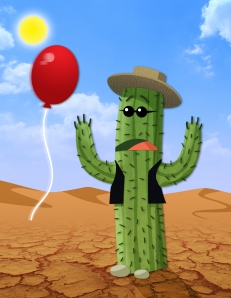Posebook by Silver, you should get it
/A few months ago Stephen Silver released an app called Posebook. I wanted it badly, but it was only available for iDevices. That changed this past week. You can now pick up Posebook for your Android device through the Amazon App Store. If you’re interested in improving your art, I highly recommend it.
Posebook is exactly what it sounds like, an electronic book full of poses. You get several costumed characters in a crazy amount of poses, plus silhouettes, hands and faces. Each pose has multiple angles and you can zoom in and flip every image. The app also comes with some short tutorial videos from Stephen and a gallery of images created by talented artists who used Posebook for their drawings. The videos are excellent and I wish there were more of them. They’re really just there to drive you to Stephen’s Schoolism class, which I’m sure is fantastic (side note: if you’re interested in taking a Schoolism class--and you should be because they're awesome--use the link on my website for a discount).
The only downside to the app is that it can be a bit too sensitive when navigating the menus. The UI and overall design feels just like an iPhone app, meaning it was quickly converted and thrown on the Android market. Other than that tiny nuisance, it’s a wonderful app. It looks great on my Droid Razr’s big screen, and until the BlueStacks beta starts, I can use the HDMI out on my phone to see the pictures bigger on my computer monitor.
Here are a couple sketches I did other night.
There are so many poses to choose from. I’m seeking out the ones that I don’t normally draw, stuff at weird angles. Posebook is split into two apps, one has males the other has females. Each app is $10. I’m going to get the female version after my $10 Amazon credit comes in from pre-ordering Mass Effect 3. Even at $20 it’s a great value. The absurd number of poses, the tutorials, and the ability to flip and zoom images elevates Posebook above its traditional paper-bound counterparts. If you have a compatible device and you want to improve your figure drawing skills, get this app.








